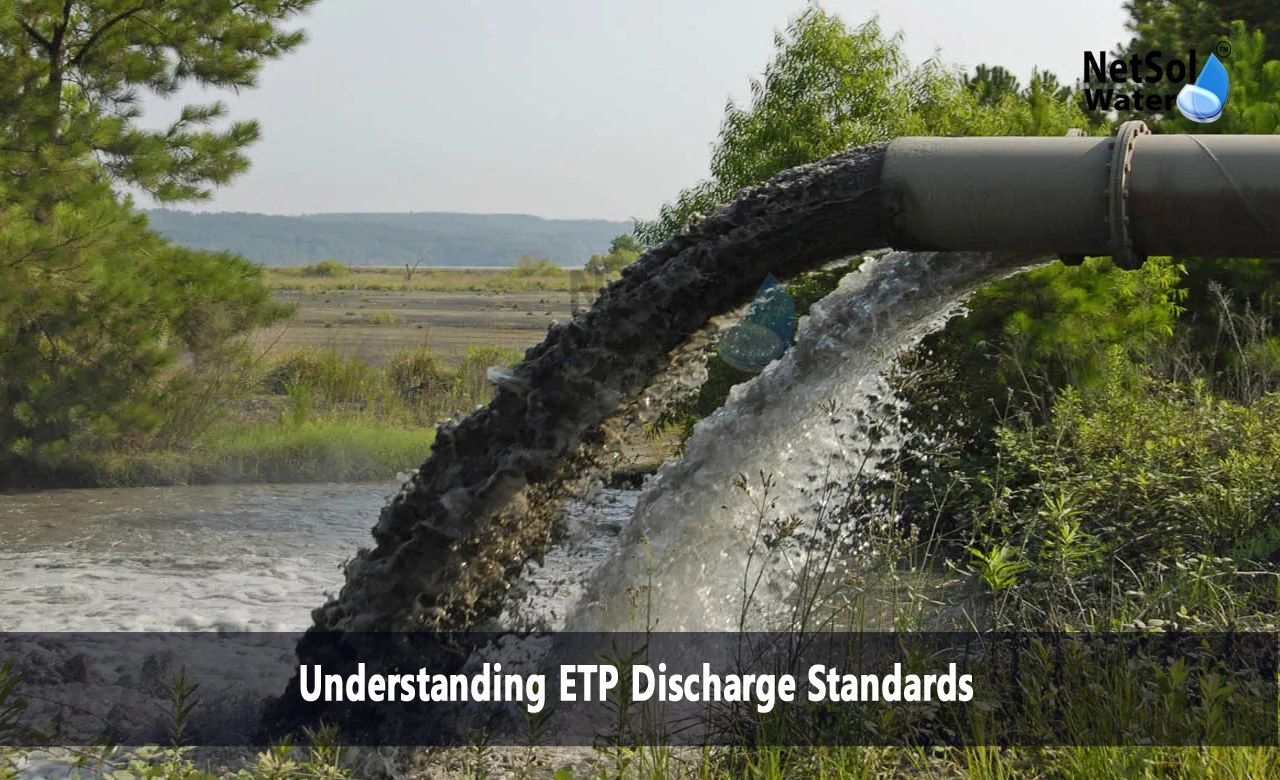What are the Effluent Treatment Plant Discharge Standards?
Environmental sustainability stands at the forefront of industrial operations today. Effluent Treatment Plant (ETP) discharge standards form the backbone of environmental protection by ensuring industrial wastewater meets specific quality parameters before release. These standards protect water bodies from contamination and maintain ecological balance. Industries must understand ETP discharge standards to protect the environment and meet regulatory requirements.
This section explores the key aspects of ETP discharge standards including monitoring methods treatment technologies and compliance strategies. We will examine how these standards shape industrial practices and their impact on environmental protection. Understanding these standards helps industries optimize their treatment processes and maintain environmental compliance while supporting sustainable development goals.
Water Quality Parameters in ETP Standards
The foundation of ETP discharge standards rests on specific water quality parameters. These parameters determine the effectiveness of wastewater treatment processes. Each parameter serves as an indicator of water quality and environmental safety. Different industries generate various types of pollutants which require specific treatment approaches.
Temperature and pH Control: Temperature control in treated effluent prevents thermal pollution in receiving water bodies. Proper temperature maintenance supports aquatic life and ecosystem balance. The pH levels indicate the acidity or alkalinity of treated water. Industrial processes often generate wastewater with extreme pH values. Treatment systems must adjust these levels to meet discharge standards.
Chemical Oxygen Demand (COD) and Biochemical Oxygen Demand (BOD): These parameters measure organic pollution in wastewater. COD indicates the total amount of oxygen required to break down organic compounds. BOD measures the oxygen needed by microorganisms to decompose organic matter. Treatment processes focus on reducing these values to acceptable levels. Advanced treatment methods remove organic pollutants effectively. Regular monitoring ensures consistent compliance with COD and BOD standards.
Total Suspended Solids (TSS) and Total Dissolved Solids (TDS): TSS represents particles that remain suspended in treated water. These particles affect water clarity and aquatic life. TDS measures dissolved minerals and salts in treated effluent. High TDS levels impact water quality and aquatic ecosystems. Treatment systems employ various methods to control both TSS and TDS levels.
Treatment Technologies and Compliance Methods
Modern treatment technologies enable industries to meet discharge standards effectively. These technologies evolve continuously to address emerging challenges. Understanding available treatment options helps industries choose appropriate solutions.
Physical Treatment Methods: Screening removes large particles from wastewater streams. Sedimentation allows suspended particles to settle through gravity. Filtration systems remove smaller particles and improve water clarity. These methods form the first line of treatment in most ETPs.
Biological Treatment Processes: Aerobic treatment uses oxygen-loving bacteria to break down organic matter. Anaerobic processes treat high-strength organic waste effectively. These biological methods reduce BOD and COD levels significantly. Proper maintenance ensures optimal performance of biological systems.
Advanced Treatment Technologies: Membrane filtration removes fine particles and dissolved compounds. Chemical treatment neutralizes specific pollutants in wastewater. Advanced oxidation processes handle complex organic compounds. These technologies help meet stringent discharge standards.
Monitoring and Documentation Requirements
Regular monitoring ensures consistent compliance with discharge standards. Proper documentation demonstrates commitment to environmental protection. Industries must maintain detailed records of their treatment processes.
Sampling Procedures: Proper sampling techniques ensure accurate analysis results. Regular sampling schedules help track treatment effectiveness. Different parameters require specific sampling methods. Training personnel in correct sampling procedures improves data accuracy.
Record Keeping Systems: Digital monitoring systems track treatment performance continuously. Regular maintenance records show system reliability. Compliance reports document adherence to standards. These records help identify areas for improvement.
Quality Control Measures: Laboratory testing confirms treatment effectiveness. External audits validate internal monitoring results. Standard operating procedures ensure consistent treatment quality. Regular calibration of monitoring equipment maintains accuracy.
Understanding ETP discharge standards requires expert guidance.
Contact our environmental compliance specialists to assess your treatment systems. We provide customized solutions to meet your specific discharge requirements. Book a consultation today to ensure your facility maintains environmental compliance.
Netsol Water is Greater Noida-based leading water & wastewater treatment plant manufacturer. We are industry's most demanding company based on client review and work quality. We are known as best commercial RO plant manufacturers, industrial RO plant manufacturer, sewage treatment plant manufacturer, Water Softener Plant Manufacturers and effluent treatment plant manufacturers. Apart from this 24x7 customer support is our USP. Call on +91-9650608473, or write us at enquiry@netsolwater.com for any support, inquiry or product-purchase related query.



